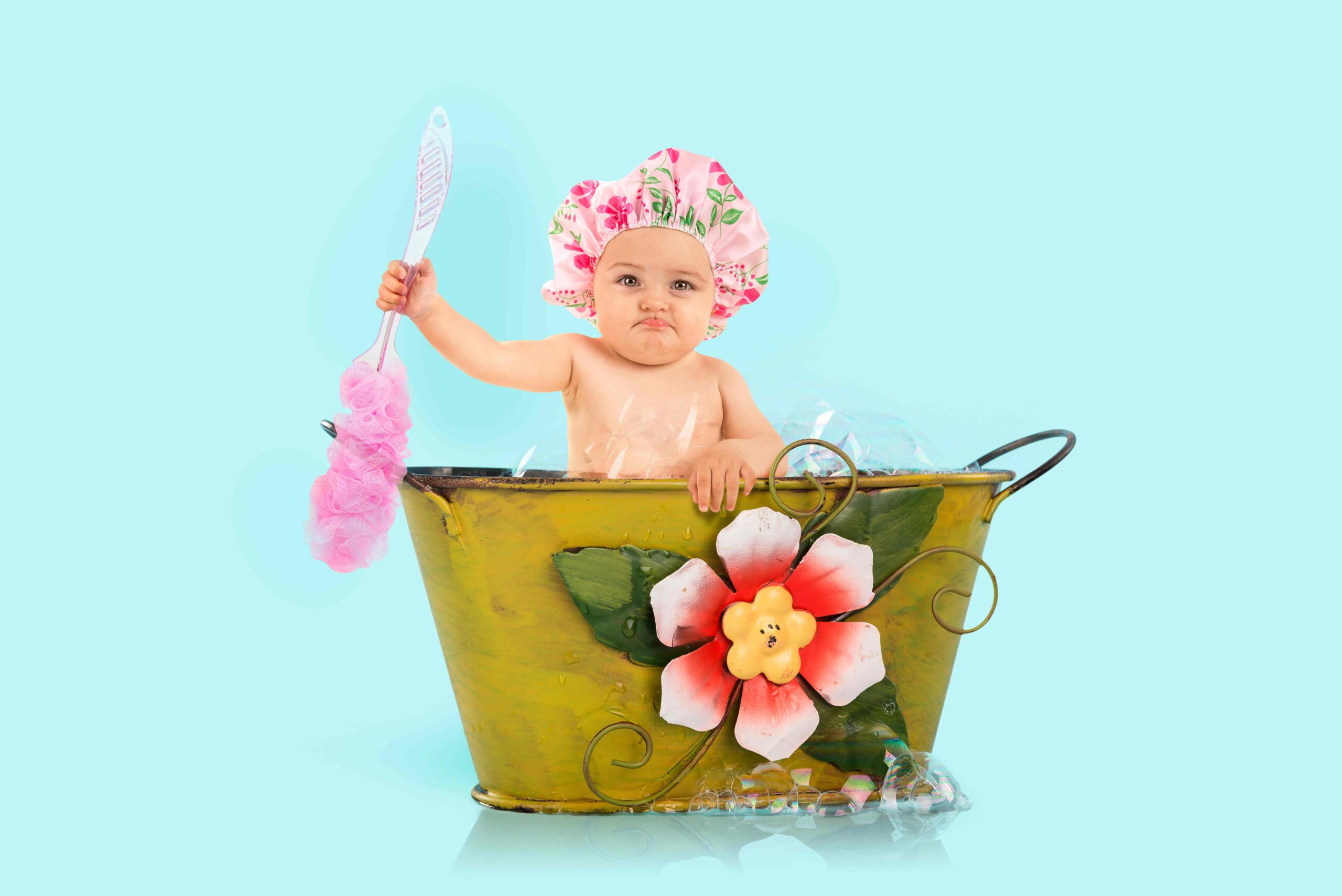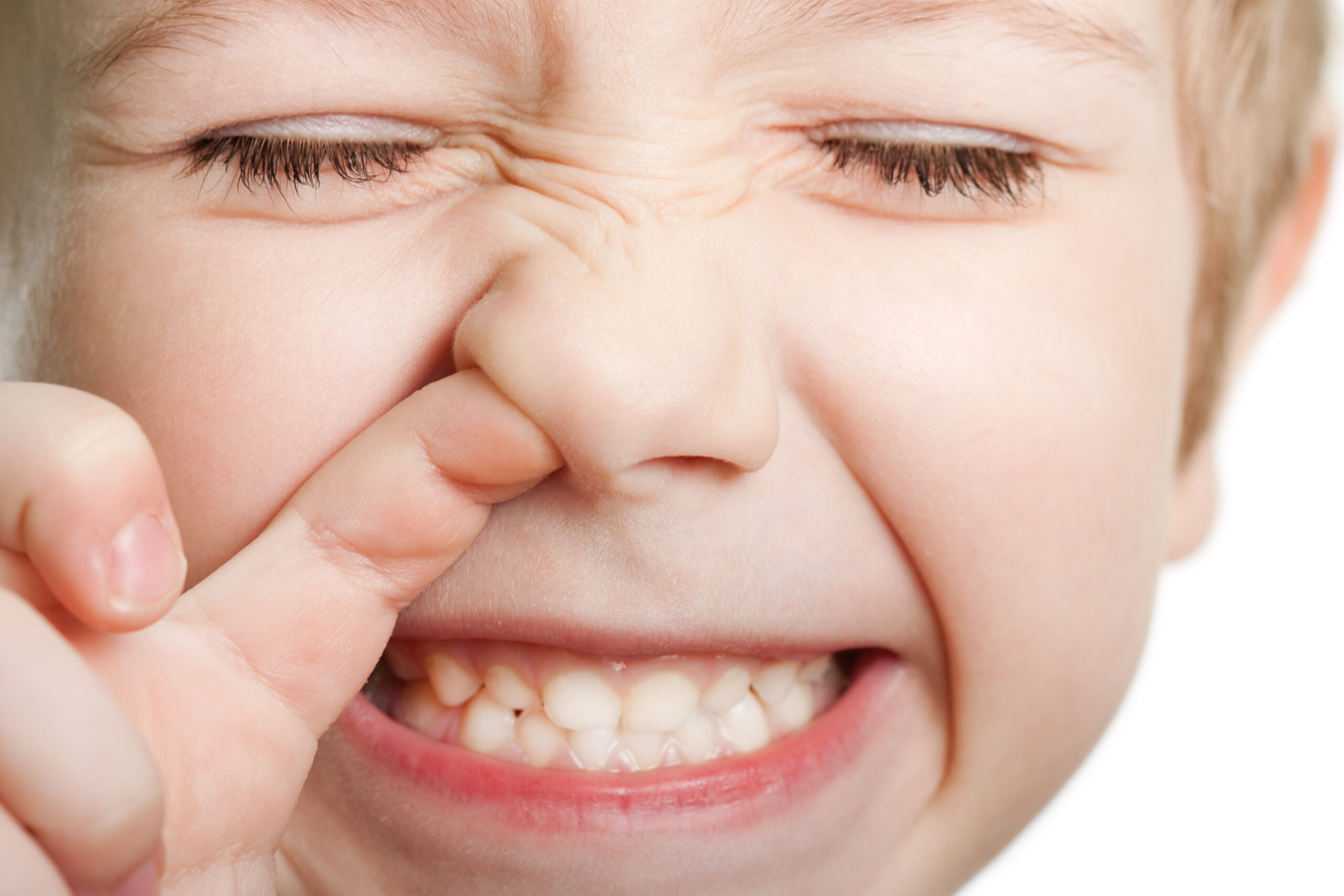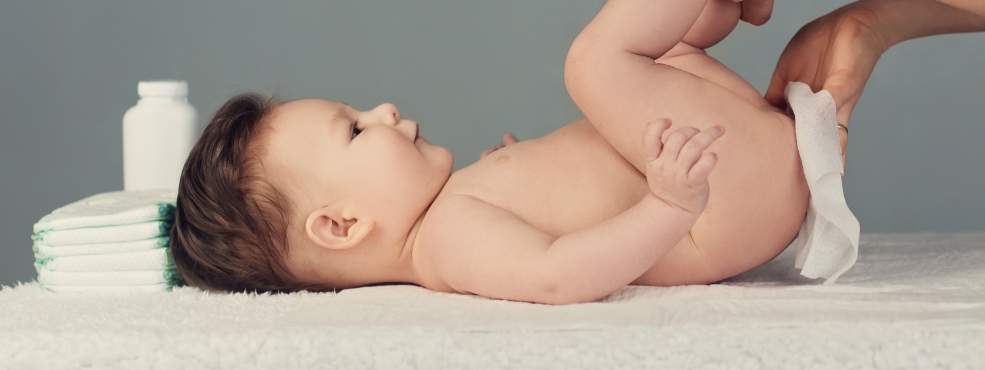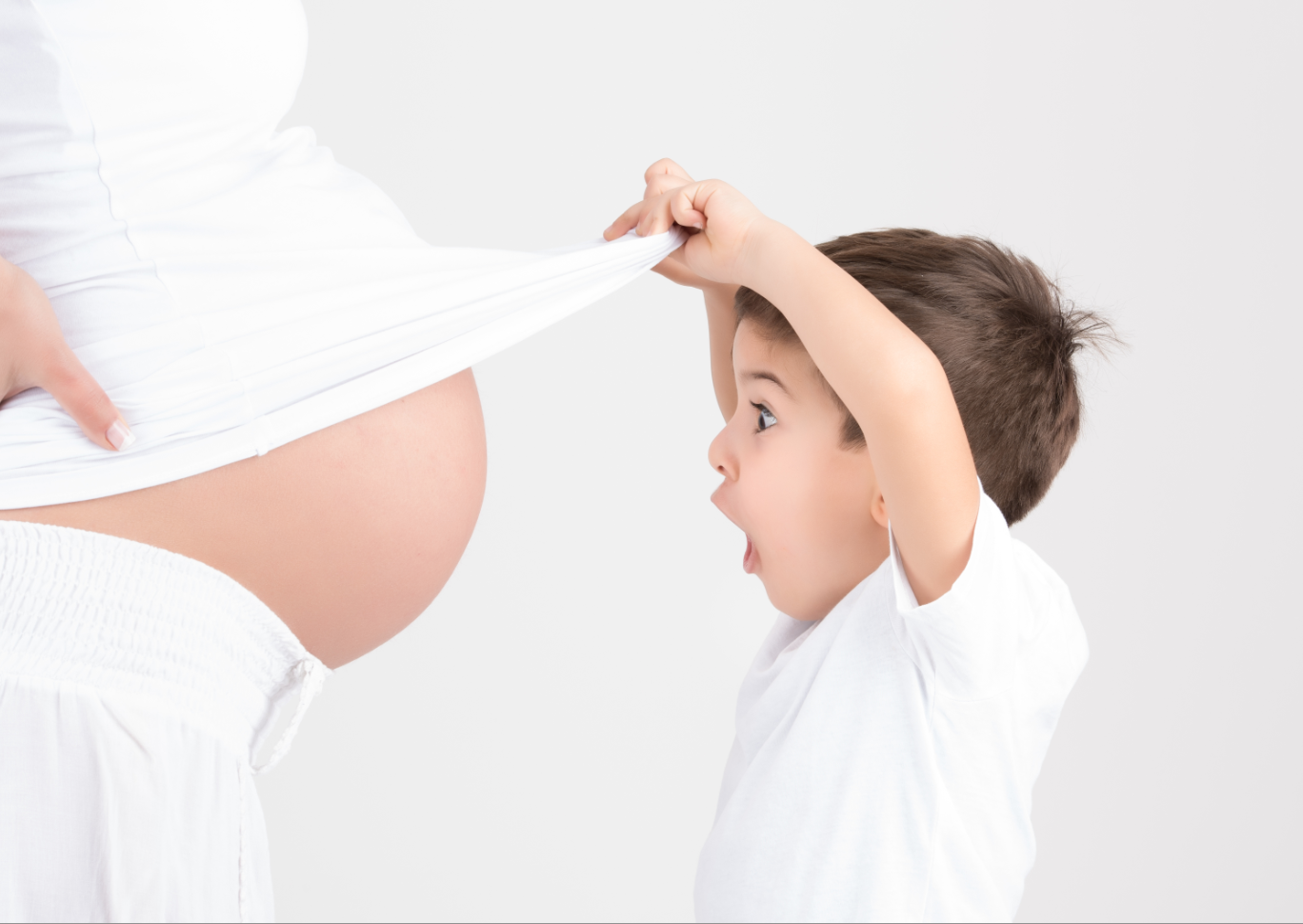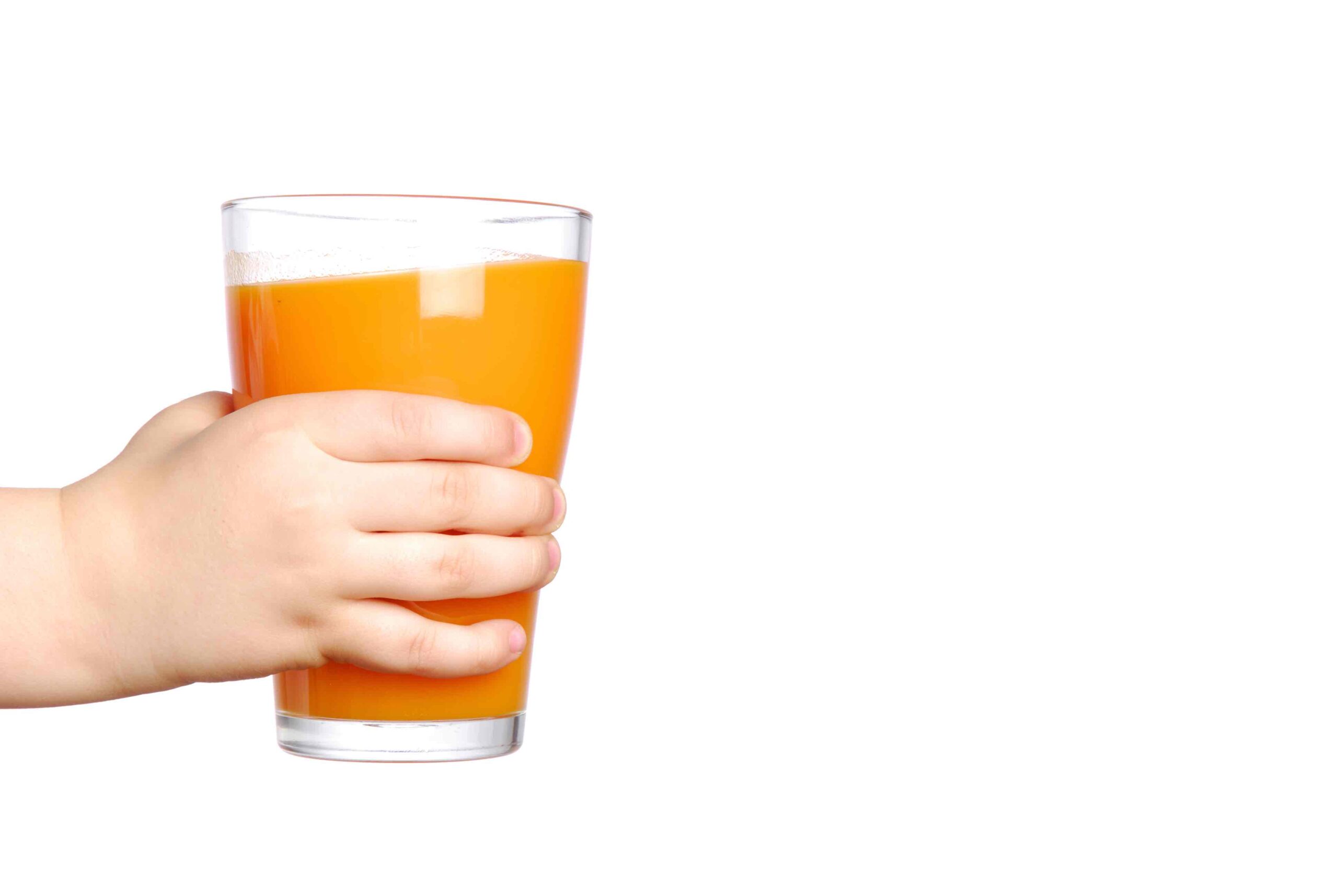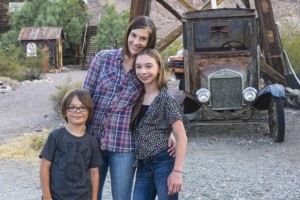Babies bathe in amniotic fluid for 9 months, yet too much time in the bath damages their skin.
Last week a mother (and her 2 sisters, 1 aunt and grandma) crowded into a room in the ER with their 6 week-old little girl because they were worried that the baby’s skin was so irritated. This caring maternal squad was bathing the baby 3 or 4 times a day because it was the best way to stop her crying. There’s no question that bathing relaxes babies, but too much can obviously cause a problem.
It turns out that there really is a right way to bathe a baby. In fact, early bath scientists tried to figure out the very best way to clean sensitive baby skin. They initially discovered that washing with water alone didn’t remove yucky particles from stuff like baby poop. So these pioneers investigated whether washing with a cloth and water was better. They used little probes to measure skin hydration and tested to see how many bacteria were left behind. These early bath-ologists paved the way for modern bath science and revealed the right way to bathe a baby:
Skip the sponge baths
One of their first discoveries was that submerging a baby in a water bath is gentler on the skin than a sponge bath. Several research studies showed that baths provide much better skin hydration, less irritation and keep a baby warmer. As an added benefit, babies are calmer in a bath than they are when being scrubbed down with a wet cloth. And, contrary to some parents’ fears, sitting in a tub of wash water didn’t expose kids to more bacteria.
The type of bath that provides the best cleaning, hydration and is the least irritating to the skin (and the baby’s temperament) lasts 5-10 minutes in water just below body temperature (95-97° F). There’s no need for a bath thermometer: the water should feel warm to your touch. The room air should be skin temperature – around 72° F or higher. In an infant tub, cover the baby’s whole body in bath water to the shoulder and lay a warm, wet washcloth on their protuberant belly to keep exposed parts warm. When a child can sit, the depth of water should reach the hips.
Splurge for gentle baby bath products
Soap has a pH of 9.5, but ‘syndet’ (the synthetic detergents found in products labeled baby or body “wash”) have a pH of 5.5. Big difference! Soap removes dirt and a lot of natural skin oils that hydrate and protect the skin. Soap changes the pH of the skin in the wrong direction; when the pH of skin is too high, skin enzymes are activated and break down skin cells. You’ll see redness, irritation and flaking. But syndets remove dirt and bacteria trapped in skin’s oils without disturbing the pH and leave the skin better hydrated. Baby wash is even superior to water alone. In a head-to-head comparison with plain water, baby wash was gentler on the skin; hard water is even worse than soft water. And using your fingers to apply the baby wash is gentler and cleans just as well as using a washcloth to rub the baby’s skin.
Baby's first bath
New research is re-evaluating the practice of immediately washing off the gooey vernix that coats the baby when they are born. Vernix forms during the last trimester to help the skin develop and it may be an important component of transitioning a baby’s skin to their new, dry world. One study showed much better skin hydration when the vernix was not immediately removed. The waxy stuff may also help with immune system development. Early studies suggest waiting 4-6 hours before the first bath.
Clean the dirty bits
Until they start crawling, and can transport themselves directly to messes and piles of dirt, babies really only need a bath about twice a week. That is, except for the poopy part. Modern diapers don’t hold wetness right up against the skin the way older designs and cloth diapers do, so modern baby bottoms aren’t as rashy as their ancestors were. Nevertheless, pee and poop are irritating and germy on skin. Baby wipes are actually very adept cleansing products. The moisturizers, liquid cleansers and the texture of baby wipes are designed very well to remove poop from skin. You still may need to use a little baby wash to dissolve the lingering nastiness and give baby a quick water dip to really get that mess under control.
Go ahead and bathe the umbilical cord
Babies CAN be bathed before their cord has fallen off. Many health care advisors recommend waiting, but a study of 102 babies didn’t see any increased risk of infection or delay in cord healing among babies who were given full baths instead of just sponge baths.
It’s tempting to enjoy the bonding, playtime and relaxation of baby’s bath every day. But in the first few months, their skin is more sensitive. Many kiddos can take a daily bath, but if you’re noticing irritation, replace some baths with a baby massage using a gentle lotion with few ingredients.
Wanna know more about babies? READ ON to learn: Do they feel pain? How do you feed a baby the right way? Why is their poop that color?
References
Blume‐Peytavi, U., et al. “Bathing and cleansing in newborns from day 1 to first year of life: recommendations from a European round table meeting.” Journal of the European Academy of Dermatology and Venereology 23.7 (2009): 751-759.
Blume‐Peytavi, Ulrike, et al. “Skin care practices for newborns and infants: review of the clinical evidence for best practices.” Pediatric dermatology 29.1 (2012): 1-14.
Visscher, Marty O., et al. “Newborn infant skin: Physiology, development, and care.” Clinics in dermatology 33.3 (2015): 271-280.

